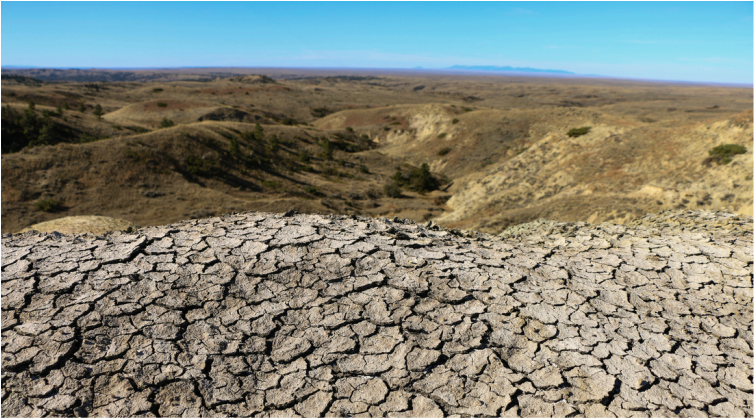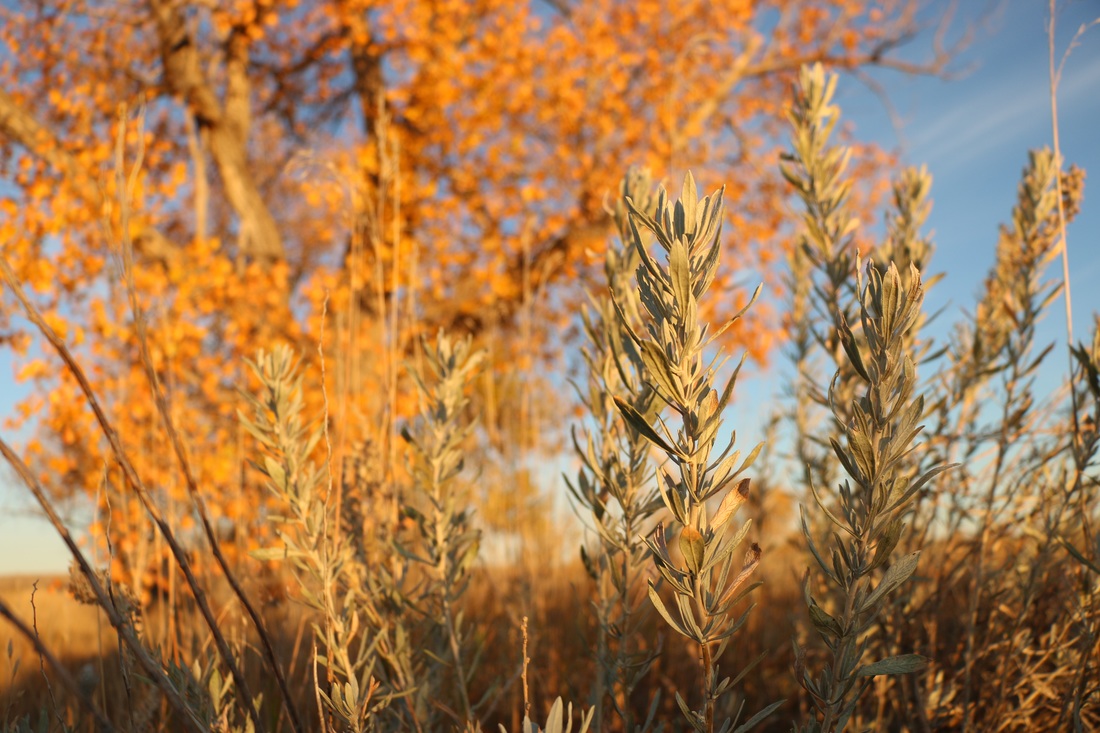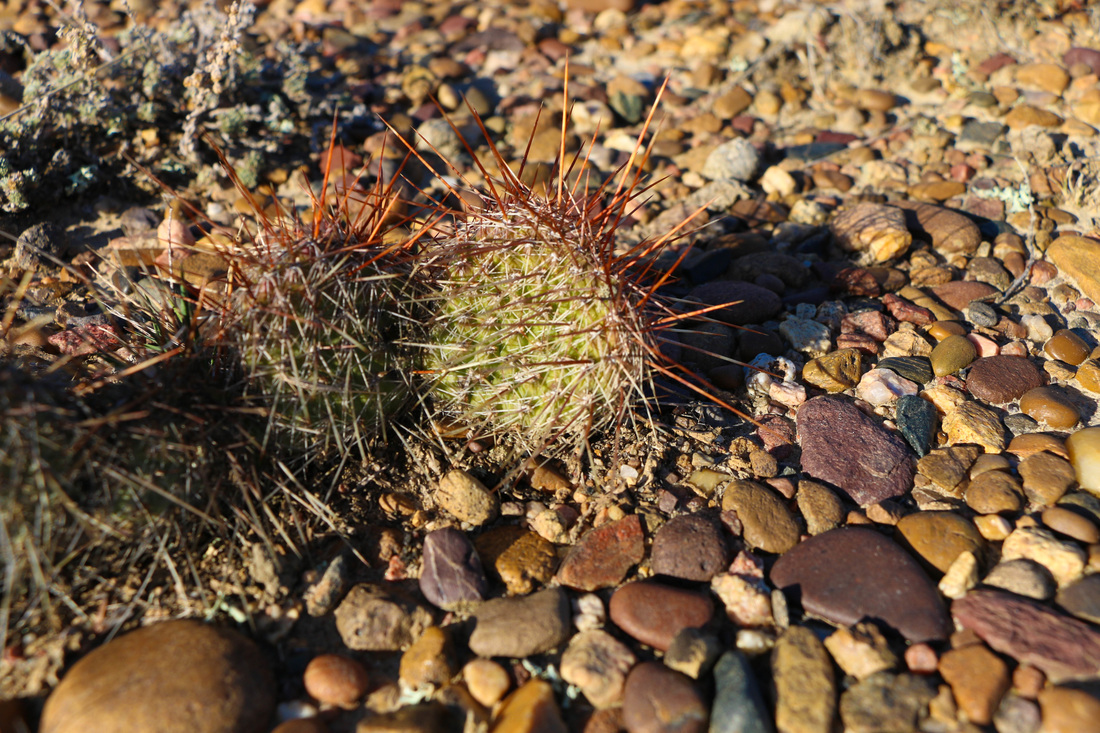ASC Landmark Crew Member
My only experience of the prairie before coming to American Prairie Reserve was from behind a window, on the way to someplace else. I watched it go by as a golden blur when driving across the country. I have seen it on numerous occasions through the tiny window of a plane, from which it appears similarly void of detail.
As I carefully begin my descent, three mule deer bound up the other side and catch my eye. They travel with impressive agility on the precipitous terrain, stopping to look back at us for a moment before disappearing up and over the edge. Pete gets out the tablet to complete an animal sighting form, and I check the compass to determine what direction the deer are moving, though I’m already sure they’re headed east.
While our tools give new parameters to our awareness on the prairie, they alone are inadequate. The topographical lines on the GPS display can’t tell me what it is like to move through the space they represent, to feel the sweat forming on my back and my calf muscles burning. They can’t tell me about the tiny purple aster blooming at the bottom of the ravine, or about the bones of an elk that lay scattered there, half-submerged in the ground. Only through our physical presence here over time—through our adventures—are we able to gain an intimate, sensory knowledge of the prairie and all the minutiae that give us a sense of place here.
One morning near the end of September, I wake up cold. The early light has already shifted perceptibly in my four weeks on the reserve. When I unzip the rainfly of my tent, a very thin layer of frozen condensation breaks and slides to the platform. The sun has almost fully emerged from the remote skyline, and its light washes over the prairie, sharpening the tenuous contours of each blade of grass. I can feel the last vestiges of summer evaporating in the muted light.
I keep looking out at the sun as I walk from my tent, hoping to witness that transient moment when it departs from the horizon.
A heavy gallop interrupts the morning stillness. Twenty yards to my left, I see a bison bull running parallel to my path. Without the barrier of distance or a car door, I am acutely aware of the sheer mass of the animal as he stops and turns his enormous, wooly head in my direction. We evaluate each other. My racing heartbeat reverberates through my body; my morning grogginess has vanished in this instant, leaving my whole body alert, poised to react to my surroundings.
Encounters like these occur frequently during our adventures in environments where human activity is not paramount. They remind us that we evolved in and emerged from wild places, and that these places remain a powerful force inside our animal bodies. They remind us that conservation is not about a world separate from us, but a world we are deeply and inextricably tangled up with. There are elements of our human selves that are just as mysterious and unpredictable as the wilderness; elements that have remained unchanged, tethering us to the world we came from. At our core, we are still wild, too.
So much of modern science requires that we retreat inside, that we extract our object of study and place it within controlled temperatures under fluorescent lighting. But adventure science calls for a personal engagement with the realm of natural, dynamic, living things and places. Adventure science does more than draw us close to what we are studying: it reminds us that we are part of it.



